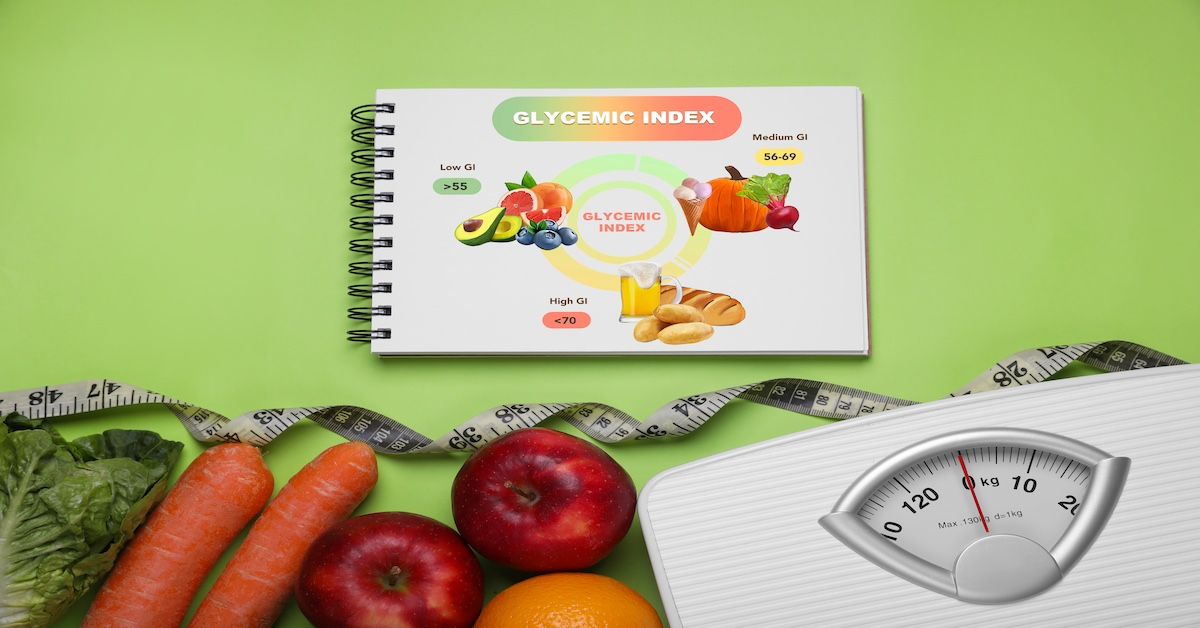- Center on Health Equity & Access
- Clinical
- Health Care Cost
- Health Care Delivery
- Insurance
- Policy
- Technology
- Value-Based Care
AYA With T1D Have Suboptimal Glucose Control
Notably, adolescents and young adults (AYA) living with type 1 diabetes (T1D) who reported more comfort with self-management tended to have worse glycemic control.
Despite being comfortable with managing their type 1 diabetes (T1D), young adults may still have suboptimal glycemic control, show new study findings.1
The study, published in Clinical Diabetes and Healthcare, surveyed adolescents and young adults (AYA) living with T1D, most of whom reported being comfortable managing their disease on their own. However, those who reported more comfort tended to have worse glycemic control.
“These results suggest that self-reported comfort with independently managing T1D may not be a sufficient metric in assessing AYA patients’ need for further intervention to optimize glycemic outcomes as they transition from pediatric to adult providers,” wrote the researchers. “The findings of this study highlight a potential role for a more immersive educational experience that challenges patients to demonstrate and apply their perceived knowledge and mastery of diabetes management skills within the learning environment [and] highlight the need for ongoing support to enhance diabetes self-management during the transition from pediatric to adult diabetes care.”
Despite reporting they are comfortable self-managing their type 1 diabetes, adolescents and young adults still have a high incidence of suboptimal glucose control | Image Credit: New Africa-stock.adobe.com

The findings come from 161 AYA who answered a variety of questions, rated on a scale of 1 to 5, related to managing their T1D, including knowing when to check their blood sugar, calculating and administering their insulin dose, how to drink responsibly, managing carbohydrate intake, and knowing when to call their doctor. The researchers noted that the survey used in their study was not an established, validated transition survey.
Performing regression analysis, the researchers found those who indicated more comfort in their self-management had higher levels of hemoglobin A1C (HbA1C) after adjusting for age, sex, race, insurance coverage type, and amount of time living with the disease (P = .006).
These results, explained the researchers, are among the first to characterize the association between comfort in self-managing T1D and glycemic control among this patient population. These findings offer important insight, as longitudinal studies suggest that half of young patients with T1D develop disease-related complications in their 20s.2 The median age of patients in this new study was 17 years.
Median average comfort level was 4.46, with no notable differences among races. Most (82.3%) patients were White (82.3%), and the majority (66.5%) had private insurance—although non-White patients had a much lower rate of private insurance coverage (35.5%).
Despite the general comfort level, just 5% of patients met the American Diabetes Association–recommended HbA1C level of less than 7%.3 Median HbA1C among the group was 8.8%, with White patients having slightly lower levels than non-White patients (8.5% vs 10.9%). When looking across insurance type, HbA1C was lower among patients who had private insurance (coefficient, −.39; P = .0256).
“Findings by Agarwal et al suggest that non-Hispanic Black and Hispanic young adults report lower use of diabetes technology, higher diabetes distress, and lower self-management,” wrote the researchers. “While we controlled for sociodemographic factors in our study, we did not examine other social determinants of health, such as access to transportation services and diabetes technology, as well as health literacy of caretakers/guardians. It is probable that the racial and socioeconomic trends noted in our research and those of others may be due to 1 or more social determinants of health.”
The group noted that future research should investigate the impact of social determinants of health on the ability to manage their diabetes, as patients in their study were not asked to identify barriers they face in performing certain tasks.
References
1. Onwukwe O, Lundgrin EL. Association of HbA1C and comfort with diabetes self- management among adolescents and young adults with type 1 diabetes. Front Clin Diabetes Healthc. Published online May 10, 2024. doi:10.3389/fcdhc.2024.1304577
2. Monaghan M, Helgeson V, Wiebe D. Type 1 diabetes in young adulthood. Curr Diabetes Rev. 2015;11(4):239-250. doi:10.2174/1573399811666150421114957
3. American Diabetes Association Professional Practice Committee. 6. Glycemic Goals and Hypoglycemia: Standards of Care in Diabetes—2024. Diabetes Care. 2024;47(suppl 1):S111-S125. doi:10.2337/dc24-S006
